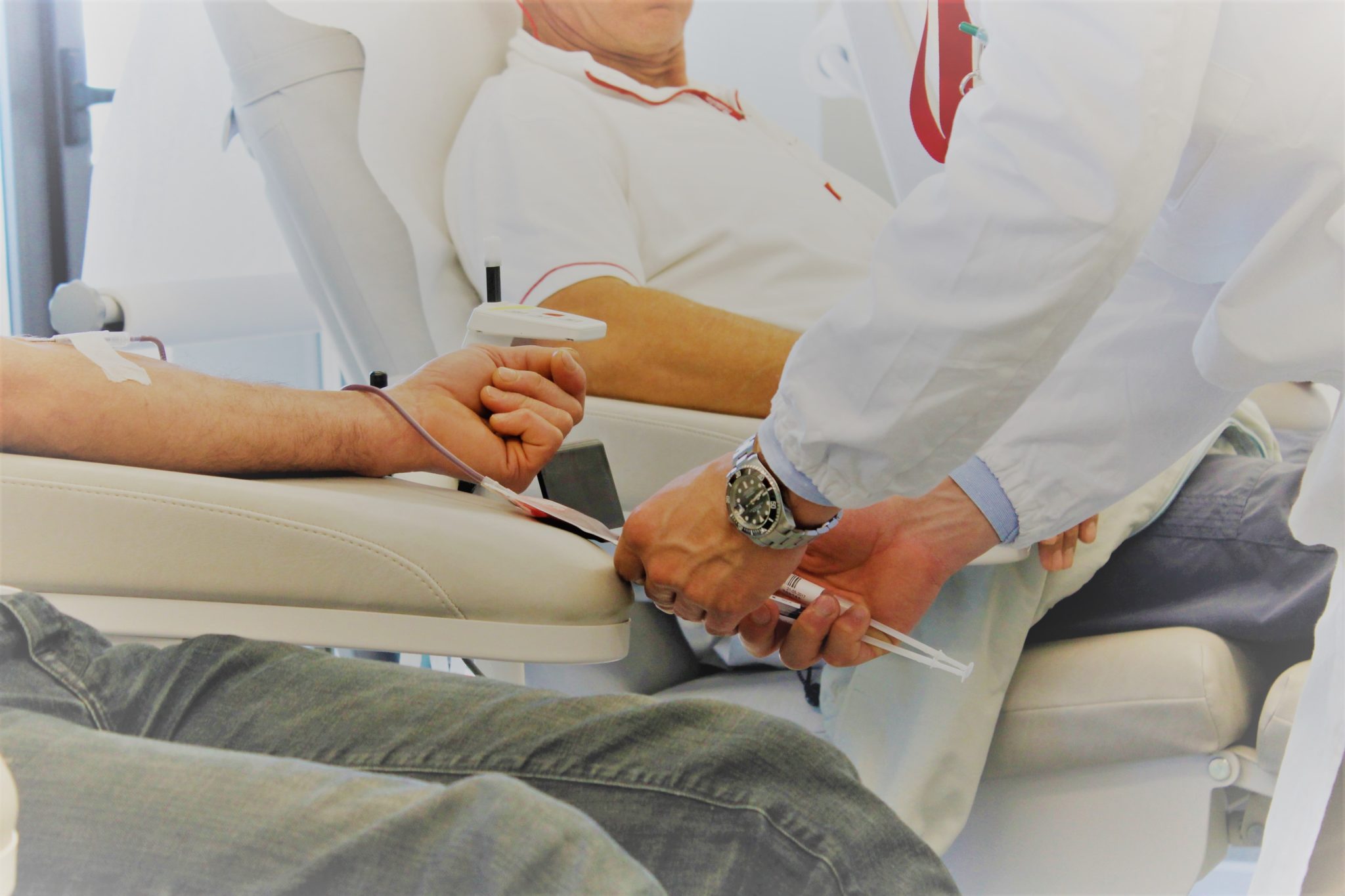A lot of people have been using CBD oil for pain relief. One of the wonderful effects of using CBD is the effective pain relief it can provide for people experiencing various kinds of illness and conditions, including arthritis, multiple sclerosis, and chronic pain.
You can consider CBD like a multivitamin which takes some time and some getting used to for the body to experience its benefits. Also, the effects can vary from one person to another, which is why it is essential to consider the best way to dose CBD.
CBD Dosage for Pain
How little or how large a dosage of CBD to take will depend on a few elements, including your body weight, your body chemistry which is unique from others, the condition or illness you are trying to treat with CBD, and the concentration of the CBD product you are taking, whether it’s in the form of CBD infused beverage, oil, capsule, pill, gummy, or balm.
And while there is no ‘right’ CBD dose that can work for everyone, one can set his own dosage instructions with the passage of usage and time.
One of the easiest ways to figure out the best CBD dose to start with, especially for beginners, is based on body weight. If you have an average weight of 150 lbs. to 240 lbs., a starting CBD dose of 15 mg to 20 mg would be enough to relieve pain if you are looking for a variety of ailments. It can be taken either once or twice a day.
The effect of this dose can differ from one another. Some might experience its effect right after taking the dose while some others might take time noticing its effects.
General CBD Dosage Guide
The general CBD dosage guidelines will depend on your body weight and at what dosage range to start and how to progress from that.
1. Mild Range
Taking CBD should be gradual. It will be ideal if you start on a lower dosage, especially if you are considering CBD for the first time. It would be smart to make your body well acquainted with the effects of CBD before taking them in large doses or as you need.
At this range, the recommended dosage for an average weight between 46-85 lbs. is 9mg, 12mg for between 86-150 lbs. average body weight, 18mg for between 151-240 lbs. average body weight, and 22.5mg for average body weight more than 240 lbs.
2. Medium Range
If you need a higher dosage of CBD or if you are not experiencing any benefits or effects with the mild CBD dosage range, then you can move on to taking the medium dosage range for CBD.
At this range, the recommended dosage is 12mg for 48-85lbs average body weight, 15mg for between 86-150 lbs. average body weight, 22.5mg for between 151-240 lbs. average body weight, and 30mg for average body weight more than 240 lbs.
3. High Range
If the medium dosage range still hasn’t given you the desired effects, then you can go all-in with the high CBD dosage range.
At this range, the recommended dosage is 15mg for 48-85lbs average body weight, 18mg for between 86-150 lbs. average body weight, 27mg for between 151-240 lbs. average body weight, and 45mg for average body weight more than 240 lbs.
When to Dose CBD?
After figuring out the best dosage to start with when using CBD for pain relief, the next thing is to find your preferred CBD dosing schedule. There are three main dosage schedules you can choose from when taking CBD.
Hourly Micro-Dosing
Every Two to Three Hours
Once or Twice a Day
You can choose what is more convenient for you, as long as you stay with the recommended dosage amount per day.
CBD Edibles Dosage Guide
There are various CBD products you can take, and it doesn’t necessarily have to be in the oil form. There are CBD edibles available if that is your preferred way to take CBD. It often comes in capsule or gummy forms.
CBD edibles usually come with a guideline as to how much CBD there is for every serving. Aside from CBD oils, this CBD form produces a more prolonged effect, which is perfect for using in a once or twice-a-day dosing schedule. You can take one or more capsules or gummy depending on your needs or dosage.
CBD Balm Dosage Guide
You will either need to apply very little or a lot depending on the strength or concentration of the CBD balm. Using a small amount of the balm on the affected area is the best way to start and reapplying as needed.
The dosing of CBD mainly lies in the product, its quality, and its concentration. Some companies that produce CBD products provide dosing guidelines, but that is often specific to their product only. If you want to get your desired results, you can make use of this dosing guide, to begin with, and find the best dosage for your needs.
CBD for Pain Safety Concerns
As much as CBD can be beneficial for pain relief, that is only true if CBD is used the right way. Here are some guidelines when consuming CBD.
1. Make Sure You Are Dosing CBD and Not Other ‘Similar’ Oil
There are a lot of oils you can find in the market, and some can be mistaken for CBD oil. If you want to get the best benefits CBD can offer, then you have to choose your products well. If you are going for an oil-based CBD product, then make sure it’s CBD oil and not hemp oil. The two are not the same, even if you think they are.
2. Start Slow and Work Your Way Up from There
CBD can have very intense effects, depending on who takes it and how much. As a beginner, it is always recommended to start small and go your way up from there. That way, your body wouldn’t feel the shock of the effects of CBD.
There is no single ‘dosage’ that can work for everybody when it comes to CBD. The amount of CBD you take for pain relief will depend on several factors like body weight and chemistry, as well as the quality and concentration of the CBD product you have. The best way to figure the dosage of CBD for pain relief would be to use this starting dosage guideline and enjoy the process of figuring out which amount or dosage range works perfectly to achieve your desired effects.
Read Also:
























All Comments
hollywood smile in istanbul doctors
It was both fun and informative, thanks!